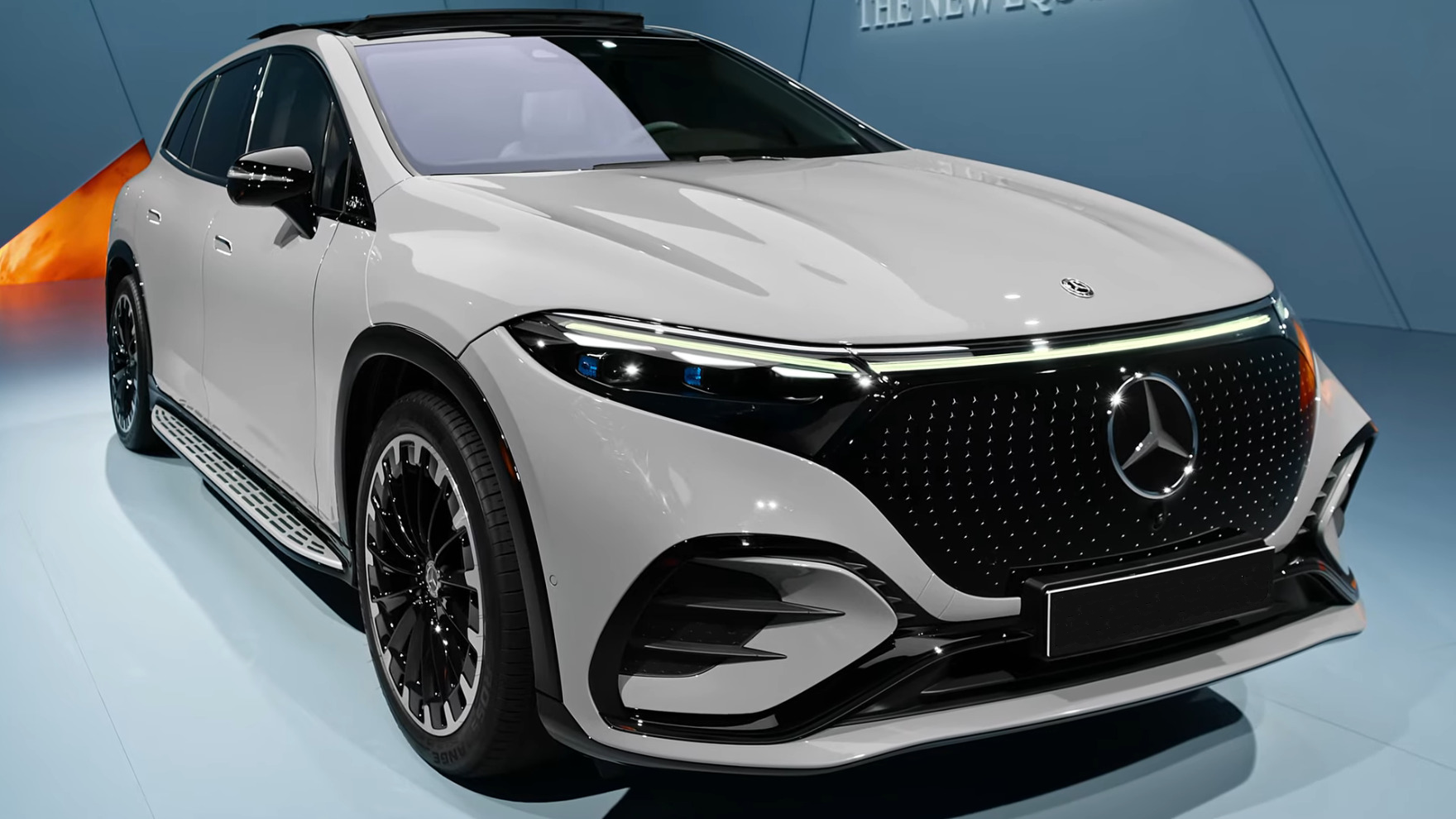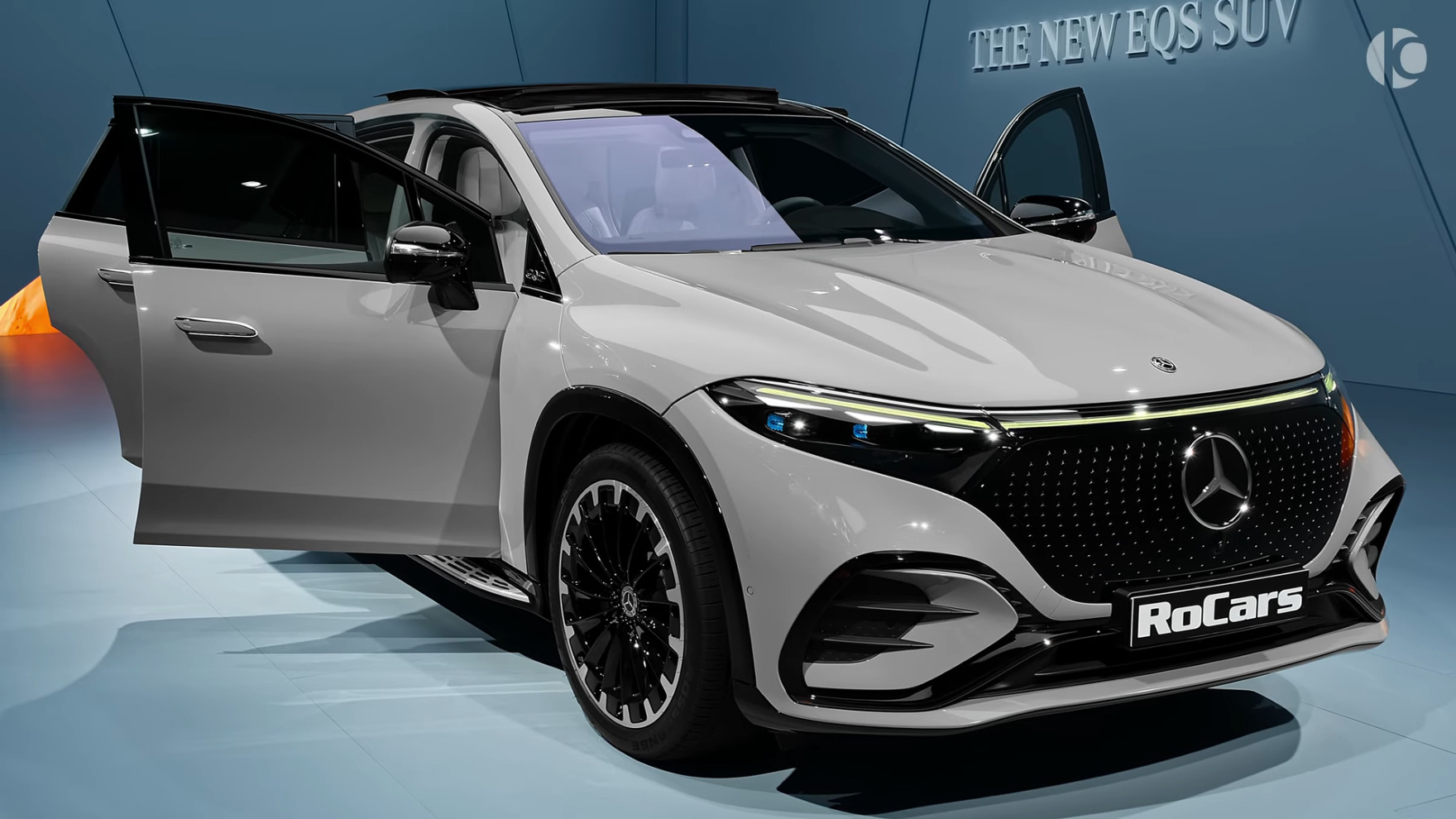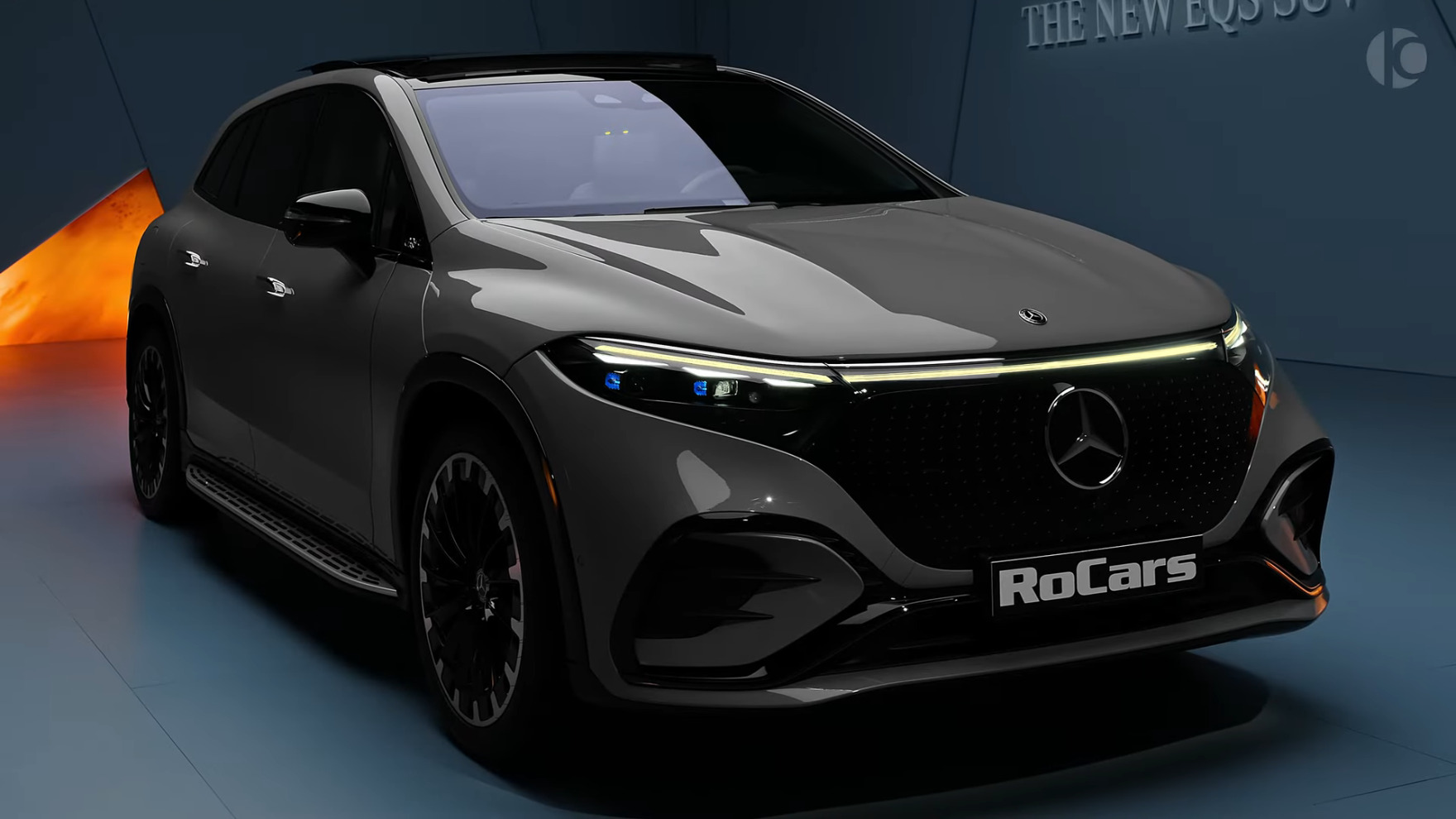The PAL-V Liberty stands as a groundbreaking marvel in the realm of transportation, claiming the title of the worldâs first flying car licensed not only to soar through the skies but also to gracefully roll on the road. In a close-up examination of this innovative vehicle, one is confronted with a seamless fusion of automotive and aviation engineering.

At first glance, the design exudes a sleek and modern aesthetic, blending the aerodynamic principles essential for flight with the practicality required for road travel. The close-up view reveals meticulous attention to detail, from the curvature of the body to the positioning of wings and propellers, all integrated harmoniously to serve dual purposes.

The PAL-V Libertyâs transformation from a road-ready vehicle to an aircraft is a testament to ingenuity. The close-up unveils the complexities concealed within its structureâfoldable rotor blades, retractable tail section, and an adaptive suspension systemâall working in unison to facilitate a seamless transition between driving and flying modes.

The roadworthy aspect is characterized by robust tires, streamlined headlights, and an array of safety features that conform to standard road regulations. A closer inspection of the cockpit reveals a blend of traditional automotive controls and aviation instruments, offering a glimpse into the dual nature of this extraordinary machine.

As the lens zooms in, the aircraft features become more apparentâthe rotor mast, the propeller, and the aerodynamic surfaces optimized for lift. The close-up captures the essence of a vehicle that defies conventional boundaries, ready to take flight with the push of a button after completing its terrestrial journey.
